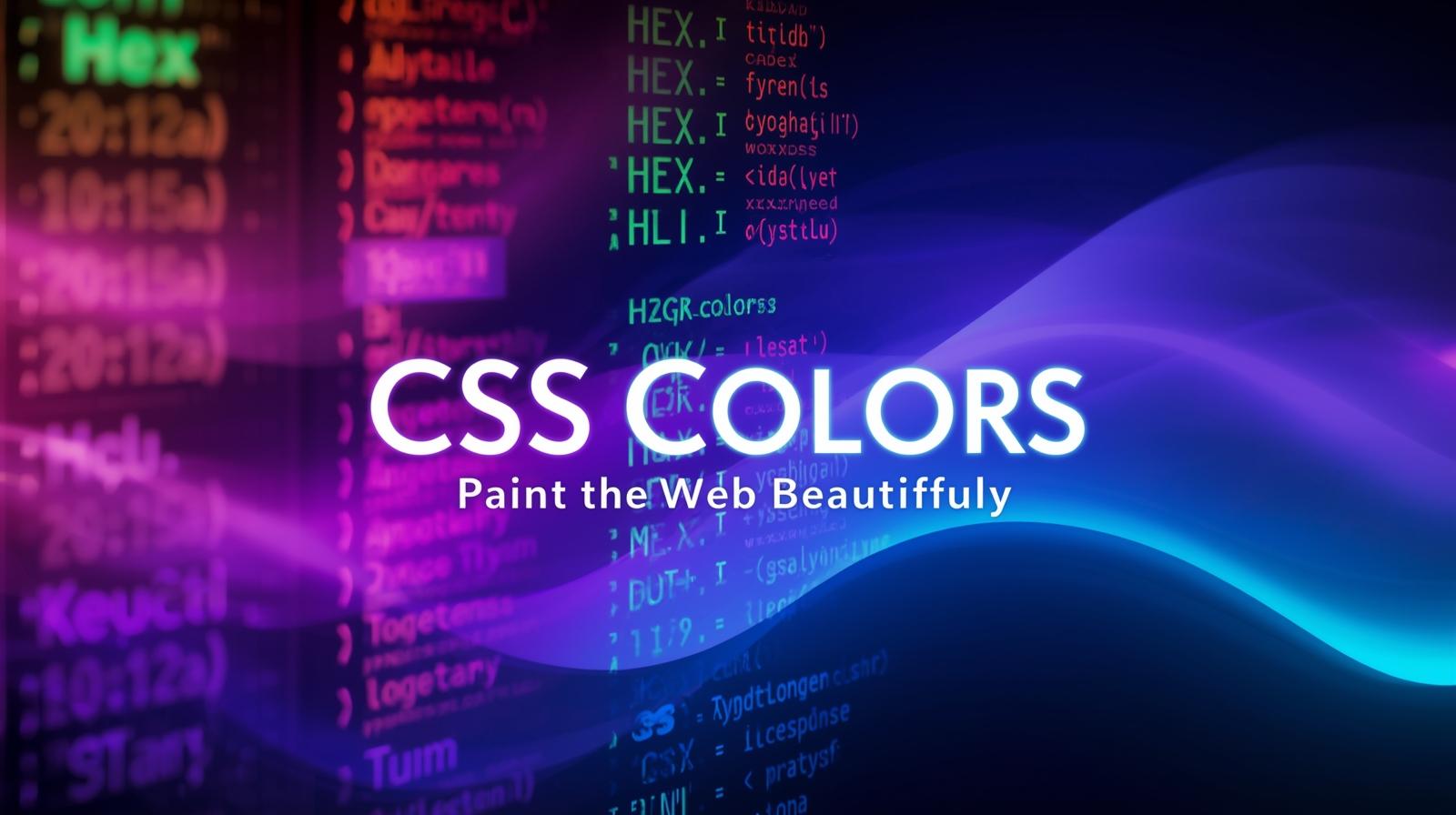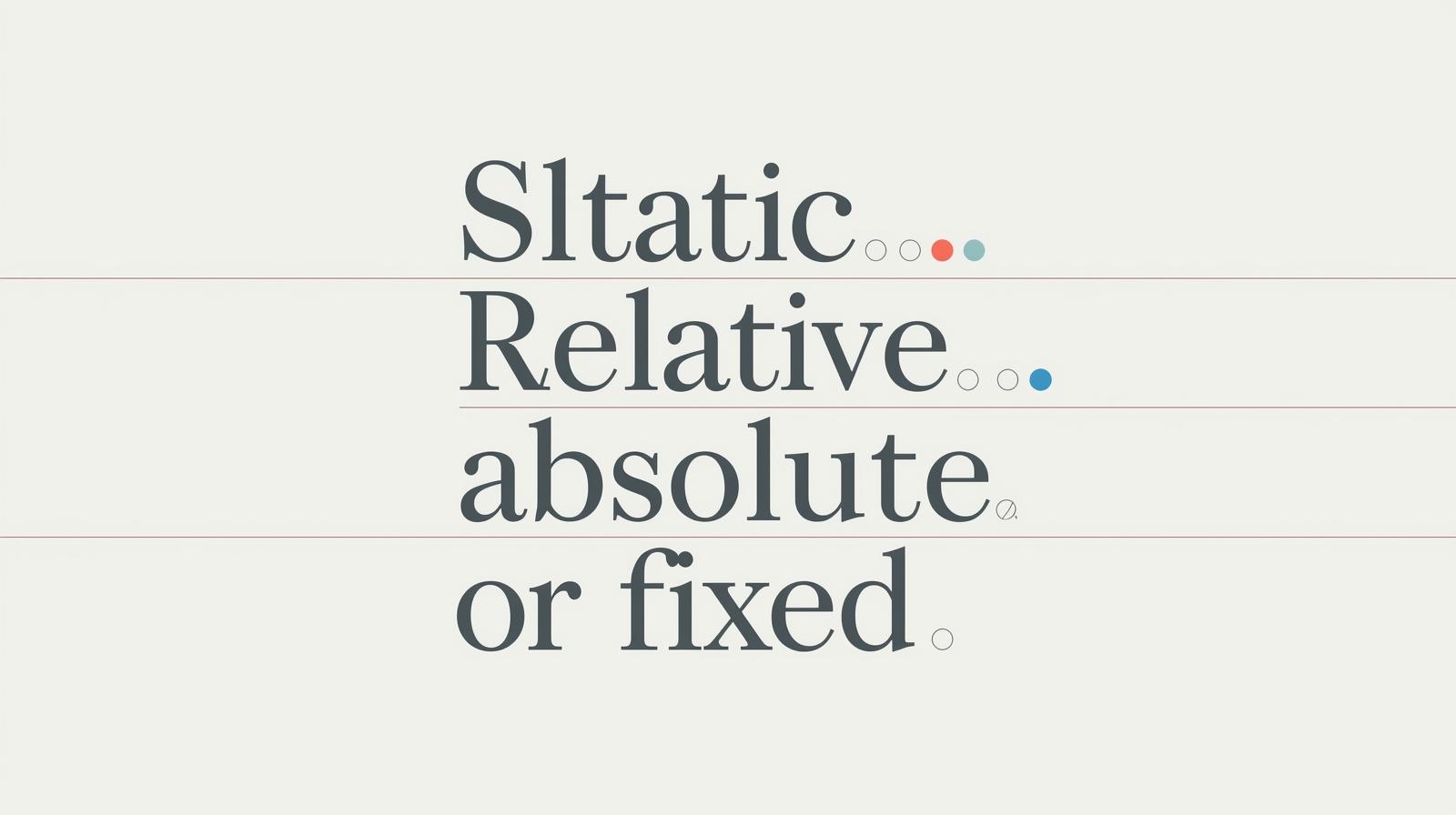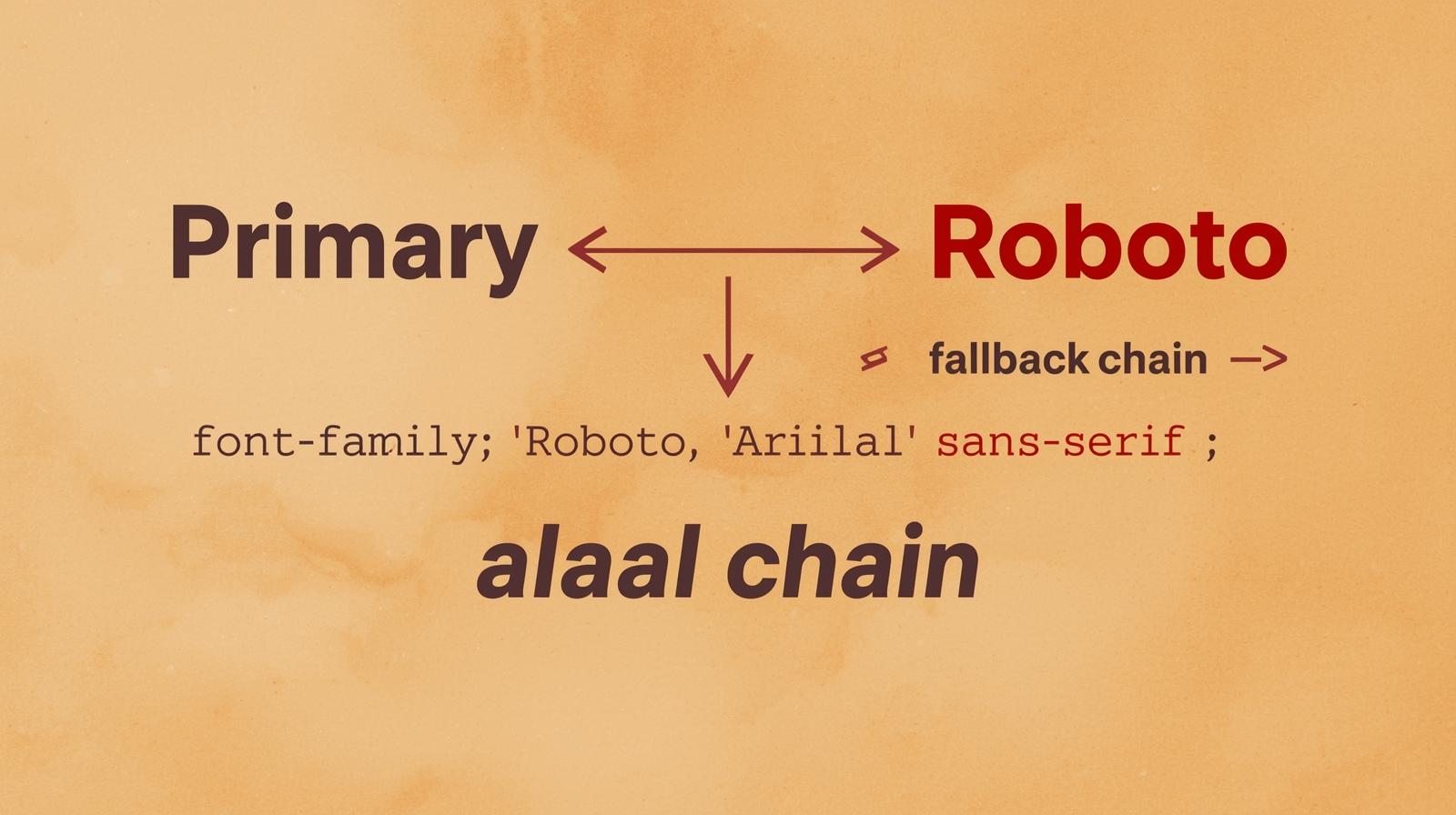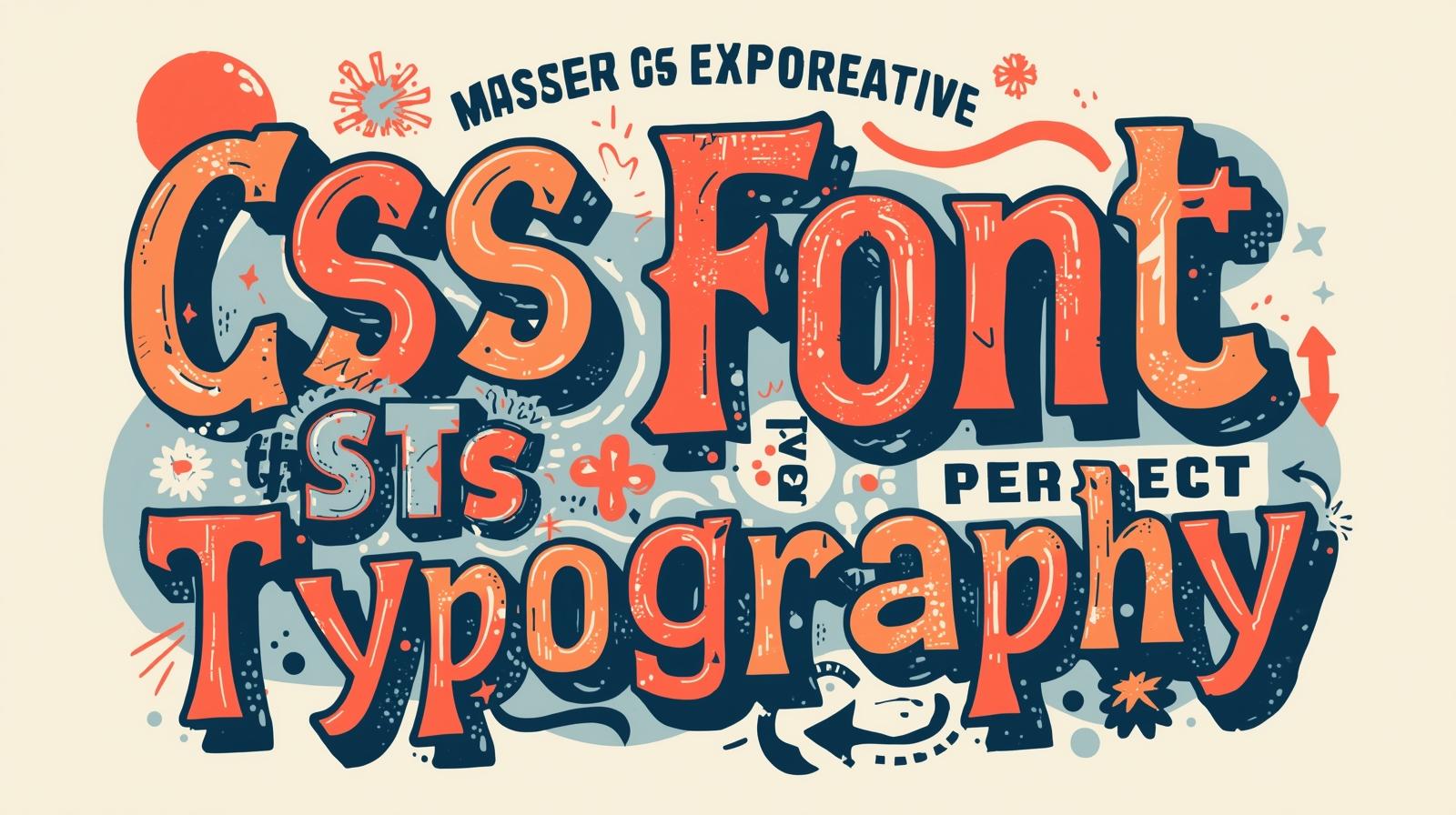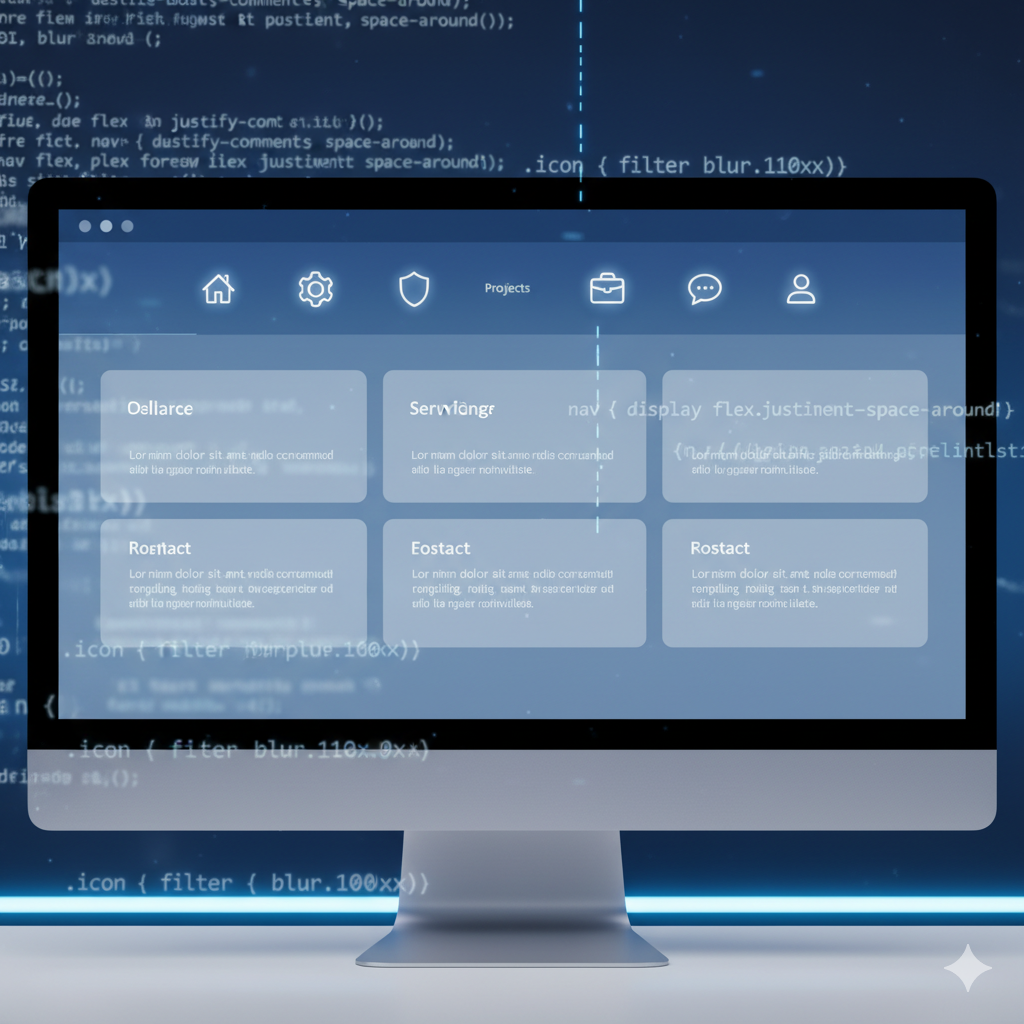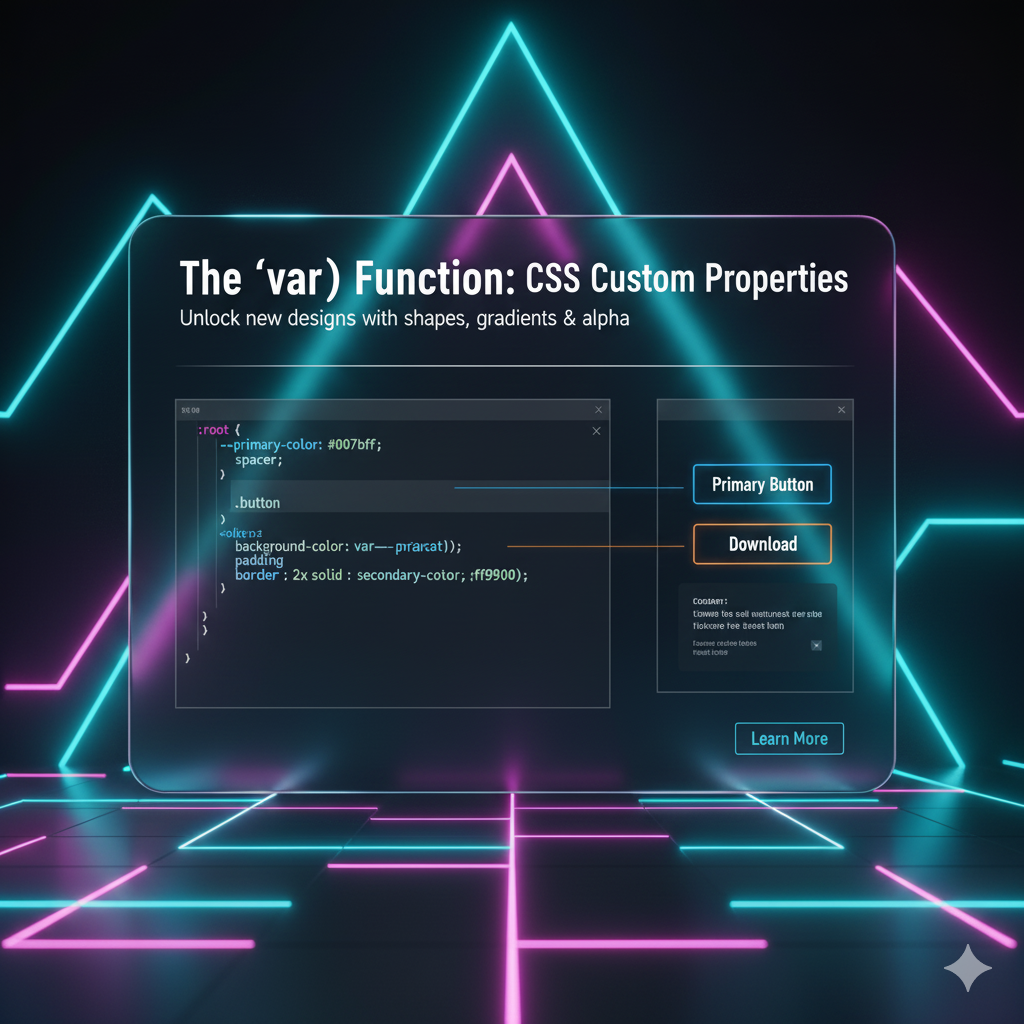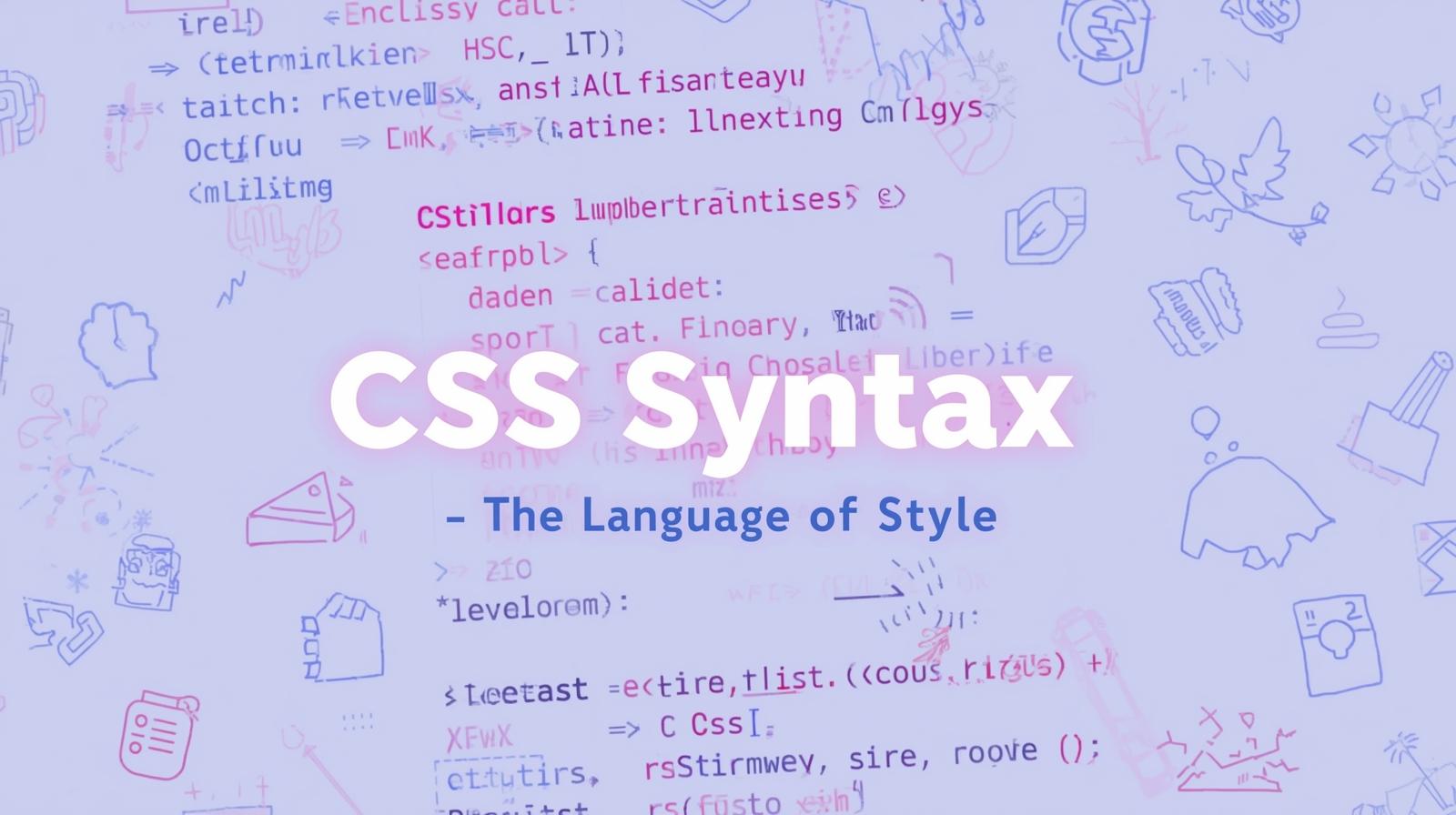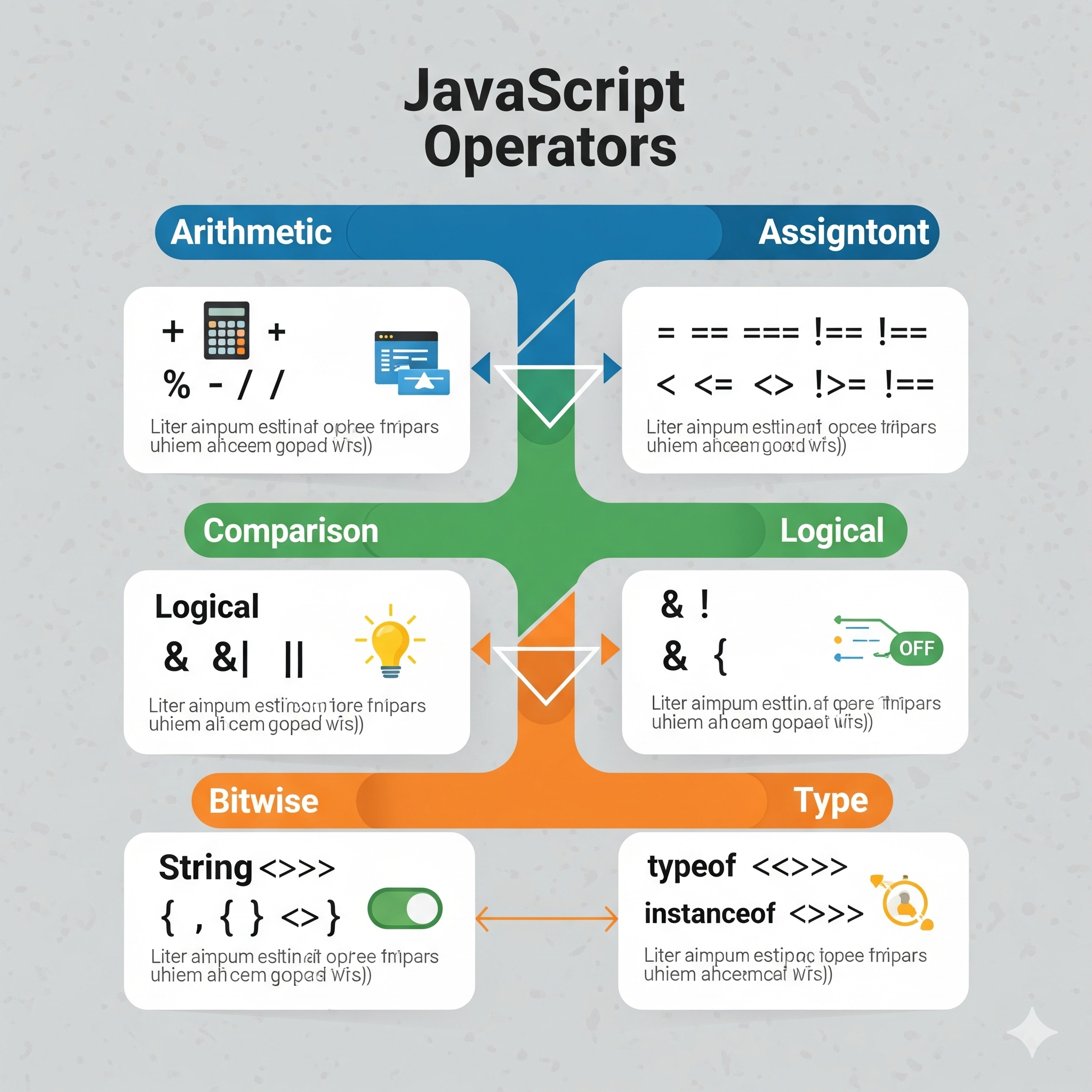Beyond the Box: A 2025 Guide to Stunning CSS Image Shapes

Tired of boring square images? Learn how to use CSS clip-path and shape-outside to wrap text around circles, polygons, and custom shapes. Level up your web design skills!

Beyond the Box: A 2025 Guide to Stunning CSS Image Shapes
Beyond the Box: Your 2025 Guide to Stunning CSS Image Shapes
Let's be real for a second. The web used to be a pretty boxy place. Right angles, grids, cards... squares, squares, and more squares. Especially when it came to images. For the longest time, if you wanted to break out of that rigid layout, you had to jump through some serious hoops with PNGs and absolute positioning.
But guess what? That era is over.
Welcome to the world of CSS Image Shapes, where we can make content flow around circles, polygons, and even custom paths without breaking a sweat. It’s a game-changer for creating dynamic, visually arresting, and professional-looking websites that stand out from the generic template crowd.
So, if you're ready to level up your front-end game from "meh" to "whoa," you're in the right place. Let's dive in.
What Are CSS Image Shapes, Actually?
In simple terms, CSS Image Shapes are techniques that allow you to define a non-rectangular boundary for your content. This does two main things:
It can visually clip the image itself (so it looks like a circle).
It can make surrounding text wrap around that custom shape (so text flows around a circular image instead of a square box).
This magic is primarily handled by two CSS properties: clip-path and shape-outside. They often work together but have different jobs.
clip-path: This is your cookie cutter. It literally clips the element (like an image) into the shape you define. Anything outside the path becomes invisible. It changes how the element looks.shape-outside: This is your text flow manager. It defines the shape around which the inline content (usually text) should wrap. It doesn't change how the element itself looks, just how other content behaves around it.
Pro Tip: For the text to wrap nicely, the element you're applying shape-outside to needs to be floated left or right. It’s a classic technique with a modern twist.
Getting Your Hands Dirty: Code Examples
Enough theory. Let's see some code in action. Imagine you have a simple HTML structure:
html
<article class="article">
<img src="profile-pic.jpg" alt="A developer's profile picture" class="shaped-image">
<p>Here is a whole bunch of text that will wrap around the beautifully shaped image next to it. No more boring rectangular boxes! This is where the magic happens and your designs start to feel truly custom.</p>
<!-- More paragraphs -->
</article>1. The Classic Circle
This is the most common starting point. Let's create a classic circular profile picture with text wrapping.
css
.shaped-image {
width: 200px;
height: 200px;
float: left; /* Crucial for shape-outside to work! */
margin-right: 20px;
/* The Visual Clip */
clip-path: circle(50% at center);
/* The Text Wrapping Boundary */
shape-outside: circle(50% at center);
}What's happening? The circle() function takes a radius and a position. 50% means half the width/height, creating a perfect circle. The image looks like a circle, and the text respects that circular boundary.
2. The Playful Polygon
Want a star? A triangle? A hexagon? polygon() is your best friend. It takes pairs of X and Y coordinates.
Let's make a triangle.
css
.shaped-image {
width: 200px;
height: 200px;
float: left;
margin-right: 20px;
clip-path: polygon(50% 0%, 0% 100%, 100% 100%);
shape-outside: polygon(50% 0%, 0% 100%, 100% 100%);
}Breaking it down: The three coordinate pairs are:
50% 0%- Top center point.0% 100%- Bottom left corner.100% 100%- Bottom right corner.
The browser connects the dots, and voilà! You can create incredibly complex shapes with enough points. There are even online tools like Clippy that help you generate the polygon() values visually.
3. The Organic "Fancy Magazine" Look with url()
This is the next-level stuff. The shape-outside property can take an image URL (a PNG with transparency) to define its shape. The text will wrap around the opaque parts of your image.
css
.shaped-image {
width: 300px;
height: 400px;
float: left;
margin-right: 25px;
/* Clip the image to a simple rectangle or a mild ellipse */
clip-path: ellipse(40% 50% at center);
/* But wrap the text around the complex shape in the PNG */
shape-outside: url(images/ink-splash-mask.png);
shape-margin: 15px; /* Adds space between the shape and the text */
}In this example, the image itself is just clipped to an ellipse, but the text follows the wild, splashy contours of the ink-splash-mask.png file. This is how high-end design magazines achieve their fluid, dynamic layouts.
Real-World Use Cases: Where Would I Actually Use This?
This isn't just "cool for the sake of cool." It solves real design problems.
Editorial/Long-form Content: Break the monotony of long articles. Use shaped images to create a more engaging, magazine-like reading experience.
Testimonials & Profiles: Circular images for team members are a no-brainer. But you could also use a subtle polygon to make a client quote feel more distinctive.
Hero Sections: Imagine a hero section where text elegantly wraps around a product image or a model's silhouette, instead of being confined to a rigid column.
Artistic Portfolios: For designers, photographers, and artists, using custom shapes can reflect creativity and make portfolio websites feel like a curated gallery, not just an image grid.
Best Practices & Gotchas (Read This Before You Ship!)
Always Have a Fallback: Not every browser supports these properties (looking at you, older versions of IE). Your design should still be functional and look okay if the shapes don't load. The floated image will just be a rectangle with text wrapped around it—still readable!
Mind the
float: Remember,shape-outsiderequires afloat. In modern layout methods like Flexbox or Grid, this can get tricky. Often, you'll place the floated, shaped image inside a flex/grid container rather than trying to make it a grid item itself.Use
shape-margin: This property is a lifesaver. It adds a margin specifically between your shape and the wrapping text, preventing it from feeling cramped.margin-righton the image itself often does the trick, butshape-marginis more precise.Performance with
url(): Using an image forshape-outsiderequires the browser to download and process that image. Keep these mask images small in file size!Accessibility Matters: Just because you clip an image into a circle doesn't mean its alt text changes. Your
altattribute should still accurately describe the content of the full image. "Photo of Sarah, our lead developer" is better than "circle."
FAQs
Q: Can I animate these shapes?
A: Yes, and it's awesome! You can smoothly animate clip-path and shape-outside (with some limitations) using CSS transitions. Imagine a square image morphing into a circle on hover. Just ensure the functions you're transitioning between have the same number of points (e.g., circle() to circle(), or a triangle polygon to a different triangle polygon).
Q: Does this replace my need for transparent PNGs?
A: Partly. You still need a transparent PNG if the image itself has a complex transparent background (like a logo). But for making a standard JPEG behave like a complex shape, CSS shapes eliminate the need for a manually created PNG just for the layout.
Q: Is this bad for SEO?
A: Not at all! This is pure CSS. Your HTML remains clean and semantic. Search engines will only see the standard img tag and the text content, which is perfect.
Conclusion: Stop Thinking Inside the Box
CSS Image Shapes are a powerful tool to add to your front-end arsenal. They bridge the gap between static, boxy web design and the fluid, dynamic layouts we see in print. With just a few lines of code, you can dramatically elevate the visual appeal and professionalism of any website.
Start experimenting. Play with circle(), ellipse(), and polygon(). Then, when you're ready, dive into the world of image-based shapes. The web is your canvas—stop painting with just rectangles.
